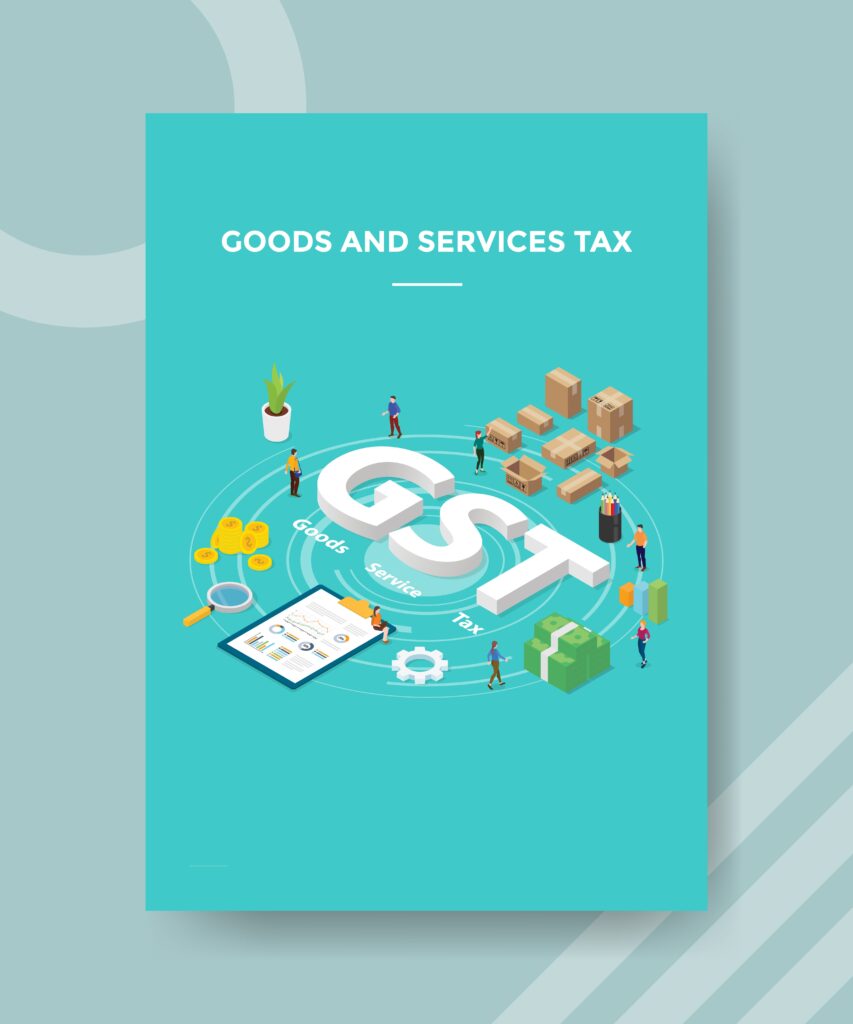How to Give an Effective Response to GST Show Cause Notices?
A Show Cause Notice (SCN) is a formal written request issued by a government regulatory body to an individual or business to provide a satisfactory explanation or justification for certain actions or behaviors, such as non-compliance with GST laws and regulations, evasion of tax, or other suspected offenses. In this article, we will discuss the steps and strategies to draft an effective response to a GST Show Cause Notice.
Understanding the Show Cause Notice
The first step is to carefully read the SCN, understanding the reason for the notice and the specific issues raised by the GST authorities. This will help you identify the allegations and the legal requirements you are accused of violating
Gathering Supporting Documents
Collect all relevant documents, such as GST returns, invoices, and other supporting materials, to help you respond to the notice. These documents will provide evidence to refute the allegations or explain your actions.
Responding within the Specified Time Frame
Ensure that you respond to the SCN within the given time frame, usually 30 days. If you need more time, you can request an extension from the GST authorities.
Providing a Satisfactory Explanation
Address each issue raised in the SCN and provide a clear and concise explanation for any discrepancies or errors. Be specific and provide concrete evidence to support your claims.
Drafting the Response
Begin your response with a formal salutation, addressing the notice to the appropriate authority. Include the necessary details, such as the date, SCN number, and your contact information. Use a clear and concise writing style, ensuring that your response is easy to understand for the reader. Organize your response by addressing each issue raised in the SCN, providing your explanation, and submitting any relevant supporting documents.
Submitting the Response
Submit your response in the appropriate format, such as Form GST RFD-09 for electronic filers, within the specified time frame. Make sure to keep a copy of your response for your records.
Monitoring the Response
After submitting your response, keep track of the status of the notice on the GST Portal. This will help you stay updated on the progress of your case and ensure that your response has been acknowledged by the authorities.
Consulting a Professional
If you need assistance or advice, consider consulting a tax professional or the GST authorities for guidance on how to respond to the SCN. Their expertise can help you draft a comprehensive and effective response.
Taking Action
Use the experience gained from responding to the SCN as an opportunity to review and rectify any internal controls or processes that may have led to the issues raised in the notice. This will help you avoid future SCNs and ensure seamless compliance with GST requirements.
Staying Updated
Keep yourself updated on the latest GST rules, regulations, and compliance needs by attending training courses, webinars, and staying informed through online resources. This will help you stay current with the newest advances and avoid future SCNs.
In conclusion, responding to a GST Show Cause Notice requires careful preparation, attention to detail, and a thorough understanding of GST laws and regulations. By following these steps and strategies, you can draft an effective response and ensure the best possible outcome for your case.
Common reasons for issuing a show cause notice under gst?
Common reasons for issuing a Show Cause Notice (SCN) under GST include:
- Non-filing or delayed filing of GST returns: If a business has not filed its GST returns within the due date, it may receive a notice from the GST department.
- Discrepancies in GST returns: Mismatches or inconsistencies in the information provided in the GST returns can lead to an SCN.
- Failure to pay GST: If a taxpayer fails to pay the required GST amount within the due date, an SCN may be issued.
- Short payment of GST: Under-payment of GST can also result in an SCN.
- Excess Input tax credit claims: If a taxpayer claims an excessive amount of input tax credit, an SCN may be issued.
- Inaccurate or incorrect information in GST returns: Any inaccuracies or incorrect information in the GST returns can lead to an SCN.
- Mismatch in GST returns: Discrepancies between the GST returns filed by a taxpayer and the information recorded by the GST department can result in an SCN.
- Non-compliance with GST laws and regulations: If a business or individual fails to comply with the provisions of the GST Act, an SCN may be issued.
- Evasion of tax: Tax evasion, such as not paying the required GST amount or attempting to avoid payment, can lead to an SCN.
- Other suspected offenses: If the GST department suspects any fraudulent activities or misuse of GST inputs, an SCN may be issued.
It is crucial for businesses and individuals to take SCNs seriously and respond promptly to avoid penalties, fines, and legal consequences
What is the difference between a show cause notice and a demand notice under gst?
Under GST, a Show Cause Notice (SCN) and a Demand Notice are two different types of notices issued by the GST authorities for different reasons.
A Show Cause Notice is a formal written request issued by the GST authorities to an individual or business to provide a satisfactory explanation or justification for certain actions or behaviors, such as non-compliance with GST laws and regulations, evasion of tax, or other suspected offenses. The purpose of an SCN is to give the recipient an opportunity to explain their actions and provide evidence to refute the allegations or explain any discrepancies or errors. The recipient is required to respond to the notice within the specified time frame, which is usually 30 days.
On the other hand, a Demand Notice is a formal notice issued by the GST authorities to an individual or business for the payment of outstanding tax dues, interest, and penalties. The notice contains information regarding the amount of tax owed, the reason for the demand, and the period within which the tax must be paid. The notice is usually issued after an audit of the individual’s or company’s records and returns has been conducted. The recipient is required to pay the due amount within the specified time frame, failing which, the authorities may initiate legal action against the taxpayer.
In summary, an SCN is issued to seek an explanation or justification for certain actions or behaviors, while a Demand Notice is issued for the payment of outstanding tax dues, interest, and penalties.











